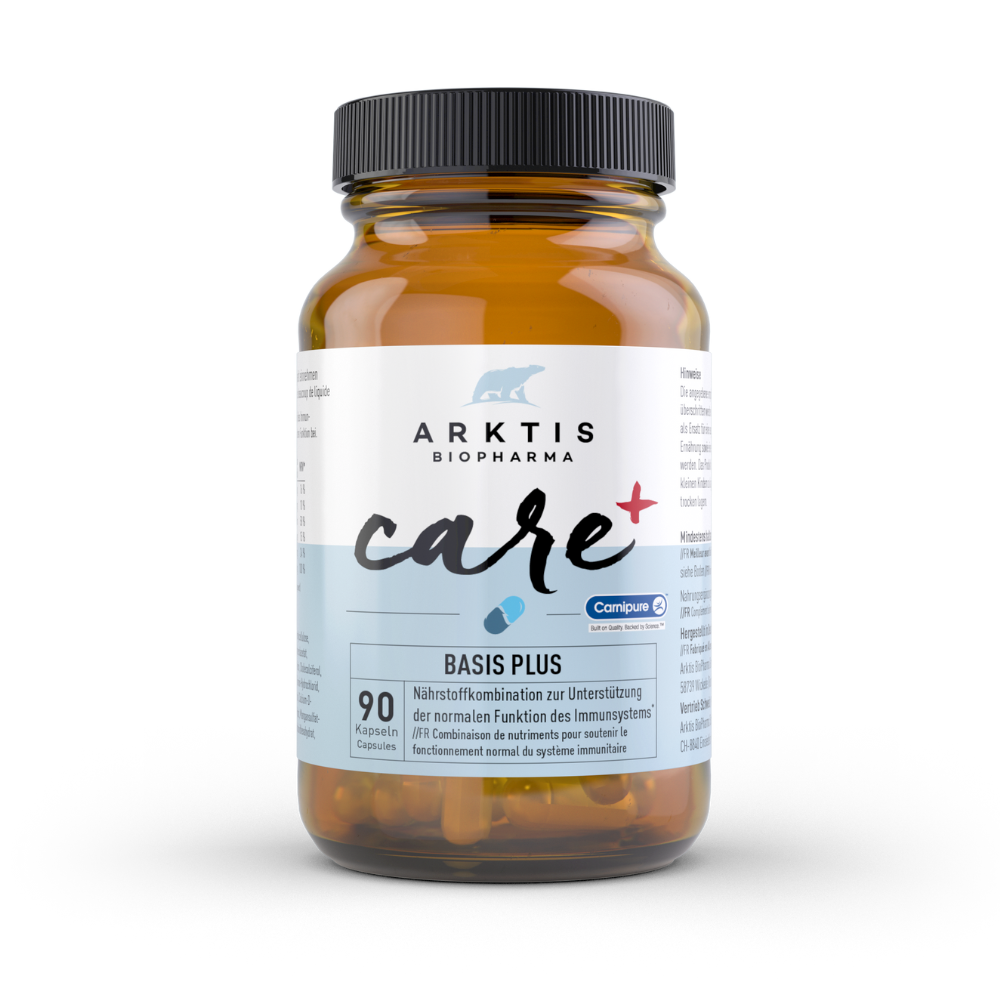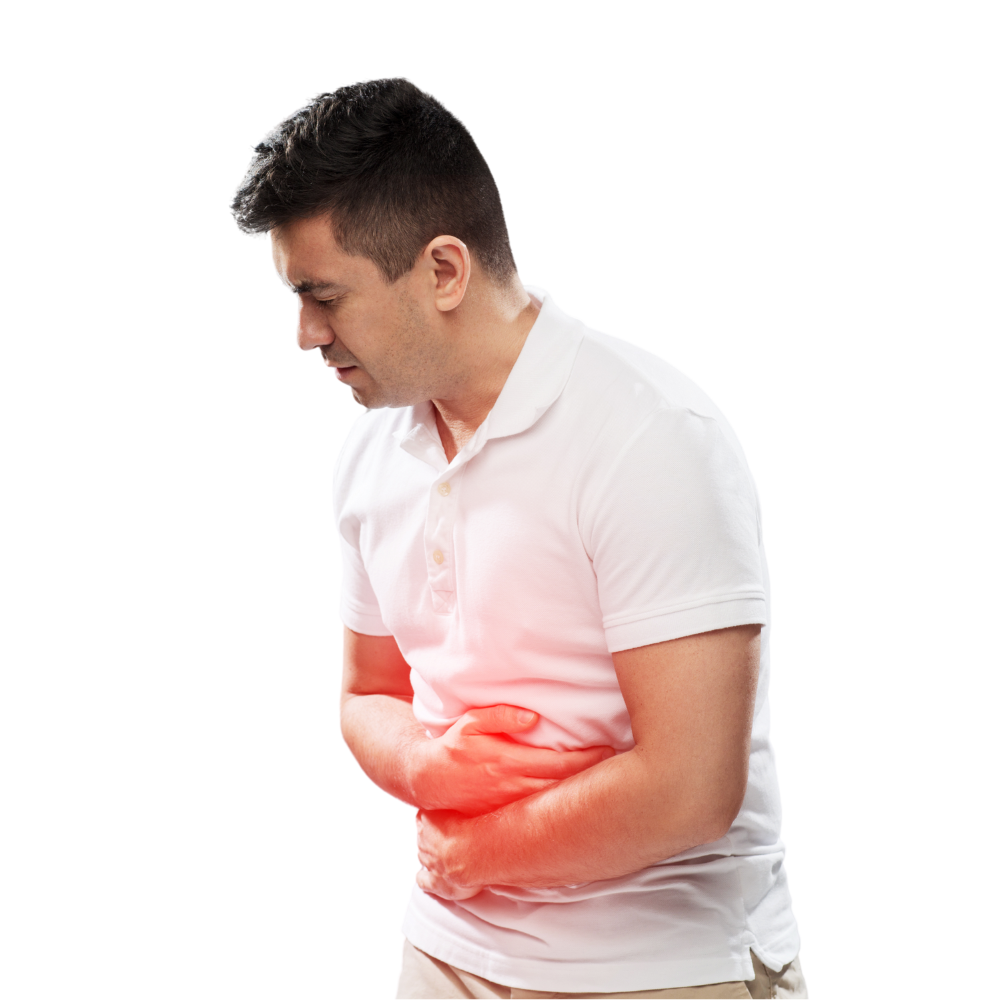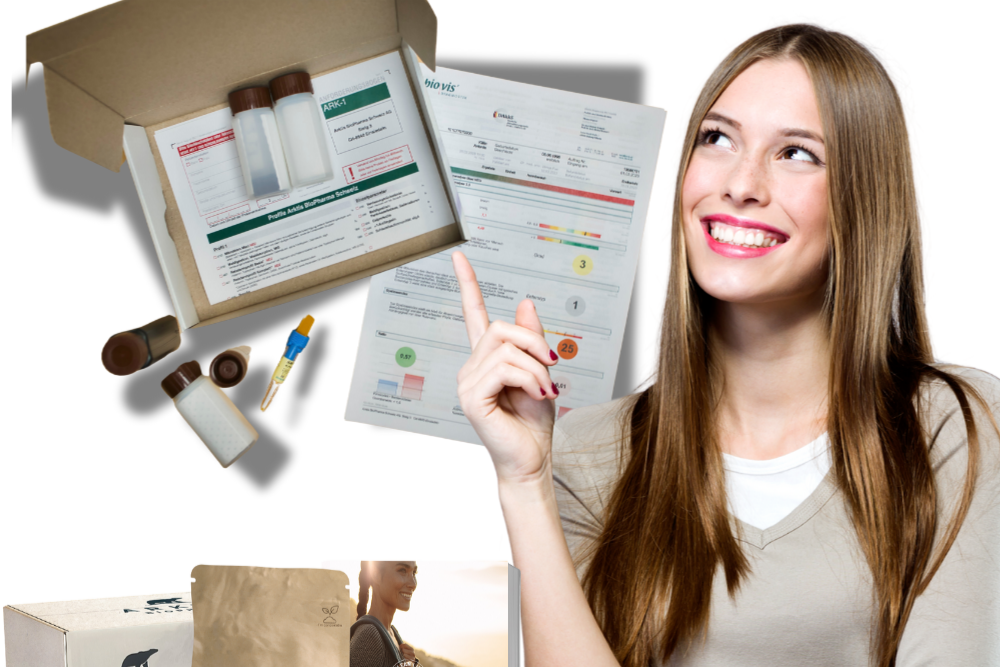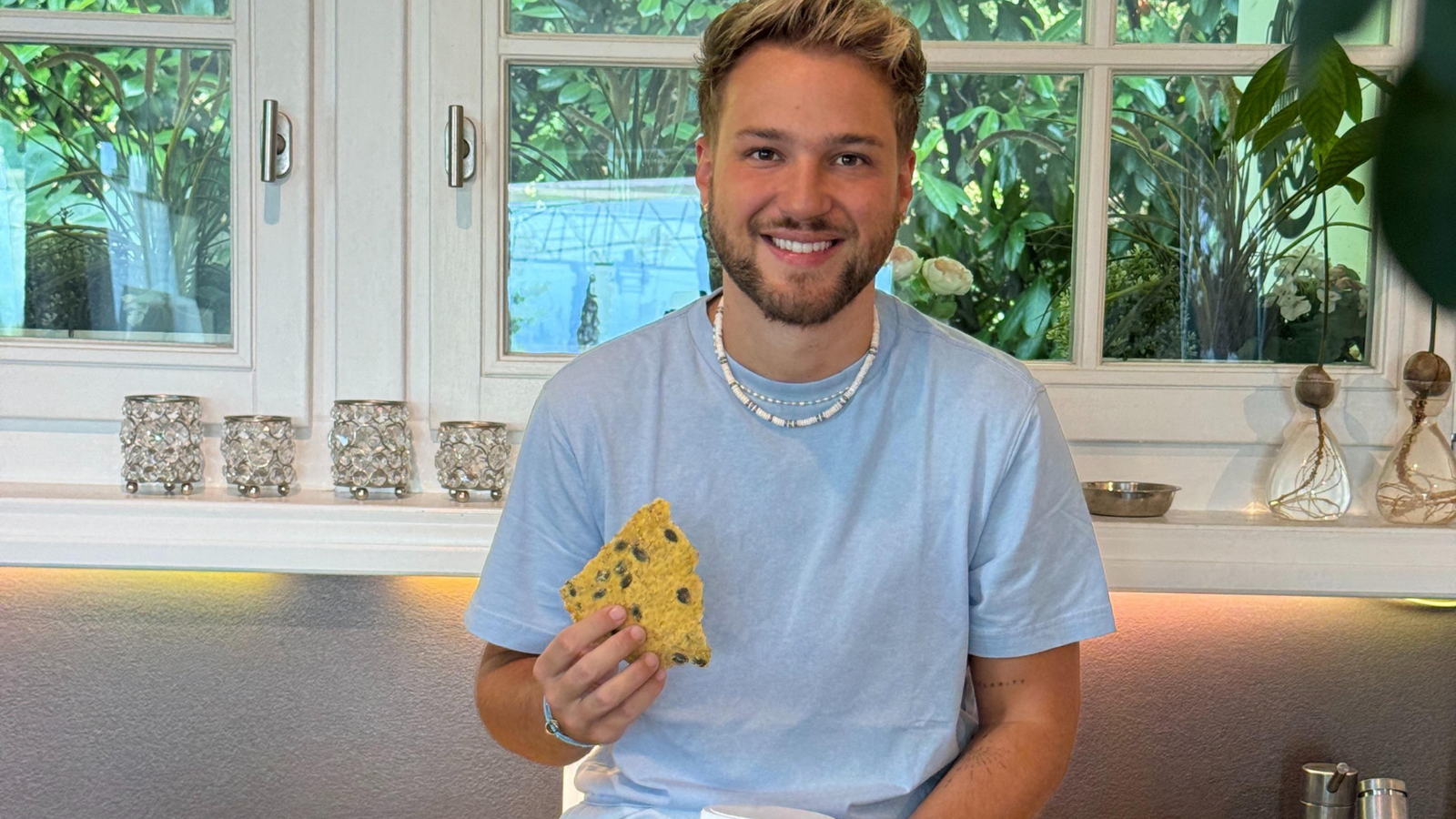I've been wanting to write an article about ghee for a while because I love using it for cooking and it often appears in recipes. But not everyone knows about it and so I am often asked where to get it.
What is ghee?
Ghee (pronounced ghi) originally comes from India and Pakistan. It is pure butterfat that has been separated from water, milk protein and lactose. In our part of the world, it is also known as clarified butter.
It was probably originally discovered because the separation of all other ingredients meant that pure butterfat could be kept for much longer. However, it was soon used not only for cooking, but also for religious and medicinal purposes.
The positive properties of ghee
Ghee is said to have a number of healing properties. According to traditional Indian medicine, Ayurveda, the following effects are attributed to ghee:
- Anti-inflammatory effect
- Helps with dry skin (even calluses and cracks)
- Enhances the natural effect of herbs
- Has a positive effect on cholesterol and triglyceride levels
- Improves memory
- Detoxifies the body and aids digestion
Ghee consists of up to 99.5 percent fat. This fat in turn contains 29 percent monounsaturated and 4.6 percent polyunsaturated fatty acids.
These unsaturated fatty acids should be easily utilized by the body and should also promote regeneration in the body by helping to repair cells. Ghee also contains vitamins A, E and K. Another positive aspect for allergy sufferers is that ghee is lactose-free and is therefore normally well tolerated even by lactose intolerant people.
Why ghee instead of butter?

You can steam, fry, roast and bake with ghee without forming unhealthy trans fatty acids. Unlike butter, the smoke point of ghee is 205° Celsius. It is therefore similar to that of coconut oil and much higher than that of unrefined vegetable oils. Incidentally, the smoke point is the temperature at which the oil starts to burn and then becomes harmful to health.
Ghee has a much longer shelf life than butter and is easier to store.It can be stored outside the fridge for weeks without going rancid. Another difference to butter is that people with lactose intolerance can also consume ghee. Although butter has a very low lactose content, ghee has a lactose content of zero percent. It is therefore also suitable for very sensitive lactose intolerant people.
What else you can use ghee for
As it has this medicinal effect, ghee is also used for therapeutic purposes in Ayurveda. We have never tried it ourselves, but several customers who have been to India or Sri Lanka for treatment have told us that they took ghee there. It is also used in Ayurveda for massaging and for eye baths (to relieve inflammation).
You can also use it for oil pulling to remove bacteria from the mouth and throat. This involves moving a small amount of ghee back and forth in the mouth and between your teeth without swallowing it. You do this for 10-20 minutes and then spit the oil out. This is said to help against inflammation, prevent tooth decay and also remove toxins.
Where can I buy ghee?
You can buy ghee either in Indian stores or in health food stores, drugstores and organic supermarkets. As ghee has become quite popular recently, I wouldn't be surprised if "normal" supermarkets soon include this great fat in their range.
Incidentally, we wouldn't recommend industrially produced clarified butter (in Switzerland it's called frying butter).
Make your own ghee
If you like, you can of course make your own ghee! It's not difficult at all, it just takes about 40 minutes of time and attention. Here are the instructions on how we did it:
You get about 75% ghee from 100% butter. So you can roughly estimate how much butter you want to use. We use 3 to 4 pieces of butter at 250g each.
Preparation
Use a stainless steel pot that is large enough (there should be room for at least 2 pieces of butter next to each other at the bottom of the pot). You should also have a slotted spoon or large spoon to hand and one or two thoroughly cleaned jars.
You will also need a clean sieve and 2 pieces of kitchen paper for draining.
Instructions

1) Place the butter in the saucepan and slowly melt the butter over a medium heat. As soon as it starts to simmer, turn the heat down to the lowest setting. The butter should only simmer gently. Do not put a lid on and do not stir!
2) During the cooking process, a white foam collects on the surface. This is the milk protein. You skim this off again and again with a skimmer or spoon. You can then dispose of the foam.
3) Leave the butter to simmer for 30-40 minutes. It is best to keep an eye on the pan the whole time. If you are not careful, the butter can burn and brown within a few minutes. If this happens, you will have no choice but to throw away the entire contents of the pan. So, better be careful.
4) When the butter turns clear, the whey at the bottom looks like liquid gold and no more steam rises, the ghee is ready.
5) Remove the pan from the heat immediately and leave the ghee to cool for a moment. Then pour the butterfat obtained through the sieve lined with 2 kitchen towels into the prepared jars. Please be careful, it is very easy to burn yourself on hot fat!
6) Set the jars aside to cool. Your ghee is ready!
7) To store it, you should only put the lid on, not screw it on, to avoid trapping moisture in the air. You can also store it at room temperature.
The great thing about using ghee is that it gives your food a delicious buttery flavor. Ghee is also very easy to digest. For example, we use ghee in our Rhubarb cake recipe.
Have we piqued your curiosity and will you try out the ghee recipe? Or have you ever made ghee yourself and have a few tips for us?
















